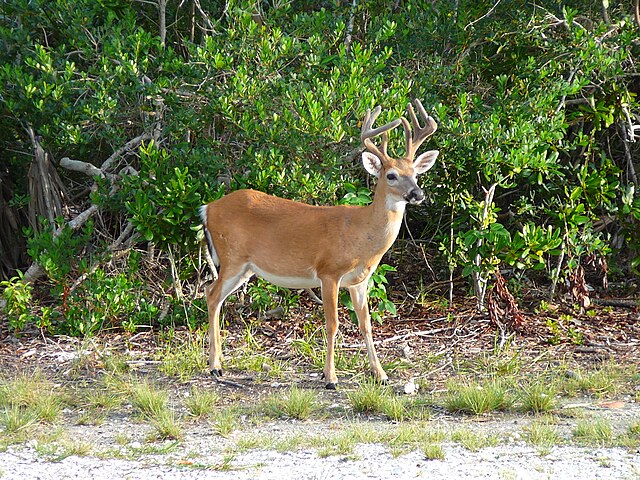Endangered Species Act Amendments of 1978
The Endangered Species Act (ESA) was first passed in 1973 and forms the basis of biodiversity and endangered species protection in the United States. The original purpose of the Endangered Species Act of 1973 was to prevent species endangerment and extinction due to the human impact on natural ecosystems. The three most powerful sections of the ESA are Sections 4, 7 and 9. Section 4 allows the Secretaries of Interior and Commerce to list species as threatened or endangered based on best available data. Section 7 requires federal agencies to consult with Fish and Wildlife Service (FWS) or National Marine Fisheries Service (NMFS) before taking any action that may threaten a listed species. Section 9 forbids the taking of an endangered species. The first amendment to the ESA was passed by the 95th United States Congress in 1978 to "introduce some flexibility into the Endangered Species Act".
Snail darter, Percina tanasi
Endangered Species Act of 1973
The Endangered Species Act of 1973 is the primary law in the United States for protecting and conserving imperiled species. Designed to protect critically imperiled species from extinction as a "consequence of economic growth and development untempered by adequate concern and conservation", the ESA was signed into law by President Richard Nixon on December 28, 1973. The Supreme Court of the United States described it as "the most comprehensive legislation for the preservation of endangered species enacted by any nation". The purposes of the ESA are two-fold: to prevent extinction and to recover species to the point where the law's protections are not needed. It therefore "protect[s] species and the ecosystems upon which they depend" through different mechanisms. For example, section 4 requires the agencies overseeing the Act to designate imperiled species as threatened or endangered. Section 9 prohibits unlawful ‘take,’ of such species, which means to "harass, harm, hunt..." Section 7 directs federal agencies to use their authorities to help conserve listed species. The Act also serves as the enacting legislation to carry out the provisions outlined in The Convention on International Trade in Endangered Species of Wild Fauna and Flora (CITES). The Supreme Court found that "the plain intent of Congress in enacting" the ESA "was to halt and reverse the trend toward species extinction, whatever the cost." The Act is administered by two federal agencies, the United States Fish and Wildlife Service (FWS) and the National Marine Fisheries Service (NMFS). FWS and NMFS have been delegated by the Act with the authority to promulgate any rules and guidelines within the Code of Federal Regulations (CFR) to implement its provisions.

Whooping crane
Key deer
Northern flying squirrel
Eggert's sunflower (Helianthus eggertii)





